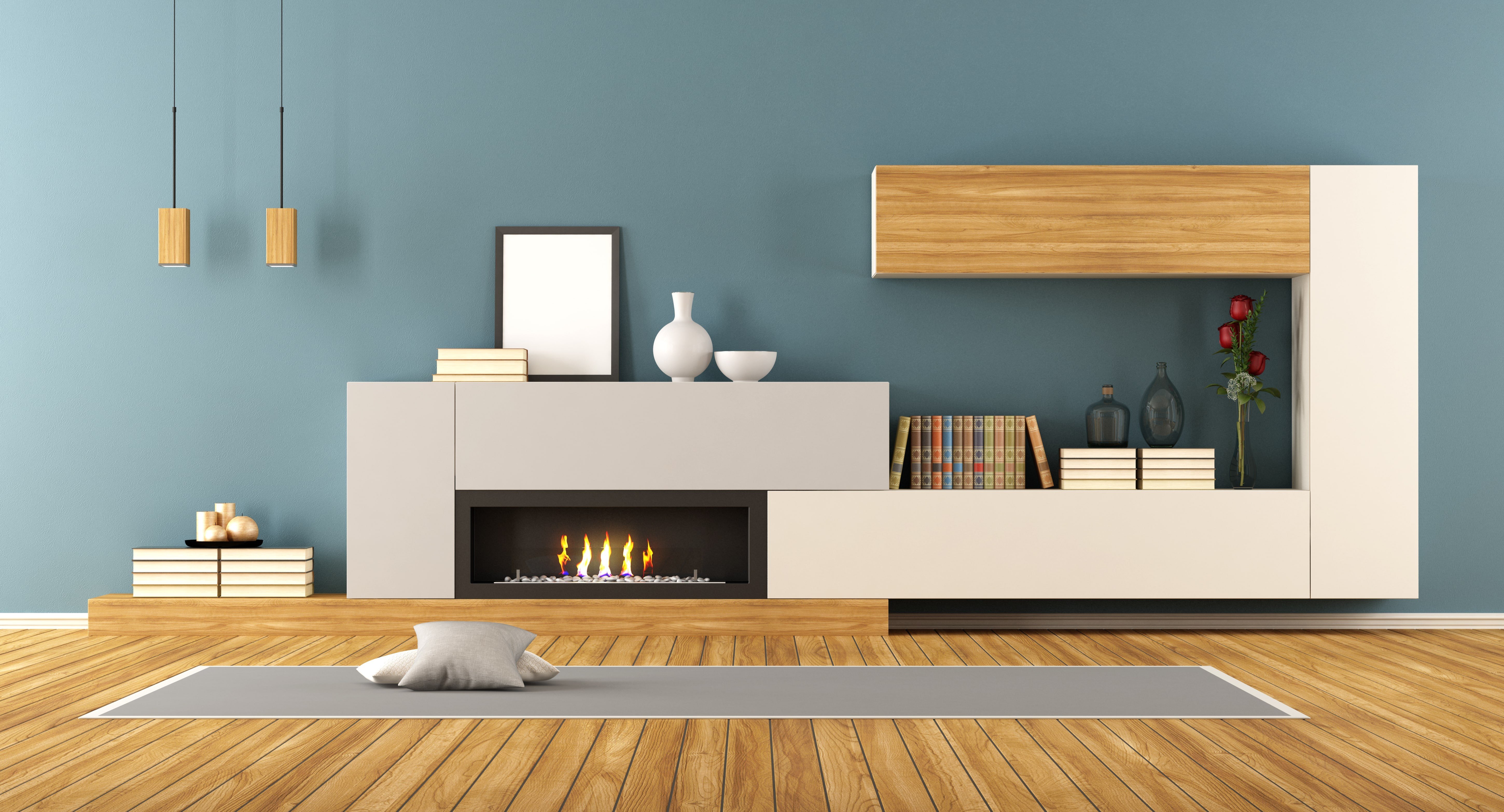Fireplaces in the UK: A Comprehensive Guide
Fireplaces have long been an essential part of British homes, using both visual appeal and practical heat. As the weather condition turns chilly, the attraction of a cozy fire beckons, changing any living area into a sanctuary. In this short article, we will check out the numerous kinds of fireplaces readily available in the UK, factors to consider for installation, maintenance tips, and answers to frequently asked questions about fireplaces.
Types of Fireplaces
When choosing a fireplace for a UK home, several options are readily available, each with distinct features and advantages. The following table sums up the main types of fireplaces popular in the UK:
| Fireplace Type | Description | Pros | Cons |
|---|---|---|---|
| Open Hearth | Traditional fireplaces that burn wood or coal, providing a rustic feel. | Authentic ambiance; great heat distribution | Less energy-efficient; needs chimney upkeep |
| Gas Fireplaces | Usage gas or gas; can be direct vent or ventless. | Instant heat; simple to run; cleaner burning | Initial setup cost; may require gas line |
| Electric Fireplaces | Mimic a flame using LED lights and offer heat through electrical energy. | Safe; easy to set up; no flue required | Less authentic; greater operating costs |
| Wood-burning Stoves | Closed-system fireplaces that burn logs, offering high efficiency. | High heat output; eco-friendly when utilizing sustainable wood | Restricted aesthetic compared to open hearth |
| Bioethanol Fireplaces | Environment-friendly choice that burns bioethanol, producing genuine flames. | No chimney required; flexible style options | Can be pricey to operate; limited heat output |
Benefits and drawbacks of Each Type
Open Hearth
- Pros:
- Provides character to any living area.
- Efficient heat distribution due to open flames.
- Cons:
- Less energy-efficient and more smoke than modern options.
- Requires routine cleansing and upkeep of the chimney.
Gas Fireplaces
- Pros:
- Easy to control and operate with the flick of a switch.
- Cleaner option with less soot accumulation.
- Cons:
- Requires a gas supply and setup costs can be high.
- Might not provide the very same ambiance as a traditional fire.
Electric Fireplaces
- Pros:
- Simple installation without any chimney or flue needed.
- Can be found in different designs, looking like traditional choices.
- Cons:
- Lacks the realism of genuine flames and can become costly with constant usage.
Wood-burning Stoves
- Pros:
- Highly effective and creates considerable heat.
- Renewable resource when using responsibly sourced wood.
- Cons:
- Requires extra space for log storage and regular maintenance.
Bioethanol Fireplaces
- Pros:
- Flexible positioning due to no need for traditional venting.
- Clean-burning and very little effect on indoor air quality.
- Cons:
- Can be less cost-effective for continual use compared to gas or wood.
- Heat output is less reliable for bigger spaces.
Installation Considerations
When installing a fireplace in a UK home, several aspects need to be taken into consideration:
- Building Regulations: Ensure compliance with regional building regulations and security policies.
- Chimney and Flue: Determine the requirement for a chimney or flue system based upon the kind of fireplace chosen.
- Ventilation: Proper ventilation is crucial for safety, particularly with gas, wood, and bioethanol choices.
- Area: Consider the best location for the fireplace to optimize heat circulation and aesthetic appeal.
- Professional Help: Engaging a professional installer can make sure a safe and precise setup tailored to the specific kind of fireplace.
Maintenance Tips
Routine upkeep of a fireplace is necessary for both safety and effectiveness. Follow these guidelines to keep your fireplace in peak condition:
- Chimney Sweeping: Have your chimney expertly swept a minimum of when a year to prevent obstructions and reduce fire threat.
- Check for Damage: Regularly inspect for leakages, fractures, or damage, specifically in gas and wood-burning fireplaces.
- Tidy the Surroundings: Ensure the location around the fireplace is devoid of dust and combustible materials.
- Check Carbon Monoxide Detectors: Test detectors routinely, especially in homes with gas-burning devices.
- Shop Wood Properly: If using a wood-burning range, store wood in a dry area to lower wetness material.
Frequently Asked Questions
What is the best kind of fireplace for a small room?
For small spaces, electric fireplaces or bioethanol designs are frequently recommended due to their smaller sized size, safety features, and aesthetics.
Are electric fireplaces more affordable to run than gas?
Electric fireplaces usually have a lower upfront cost, however depending upon electrical power rates, they can be more costly to operate long term compared to gas.
Do wood-burning ranges need a lot of upkeep?
While they do need some maintenance, such as cleaning and regular chimney sweeps, numerous house owners find that modern wood-burning ranges are effective and relatively low maintenance compared to traditional open hearths.
Can I set up a gas fireplace myself?
While some property owners may try DIY installation, it is highly advisable to work with a professional for gas fireplace installations due to safety concerns and regulatory compliance.
How can I maximize the heat output of my fireplace?
To optimize heat output from any fireplace, think about the following:
- Keep windows and doors closed throughout usage.
- Use heat-efficient logs or fuels.
- Ensure proper airflow around the fire.
- Utilize fans or blowers that can circulate warm air throughout the room.
Fireplaces remain a valued aspect within UK homes, supplying warmth, charm, and an inviting environment. Provided the range of options and their distinct features, property owners can choose the perfect fireplace to match their home while guaranteeing security and performance. With Recommended Web-site and a clear understanding of the setup requirements, anyone can enjoy the appeal and convenience of a fireplace for many years to come.

